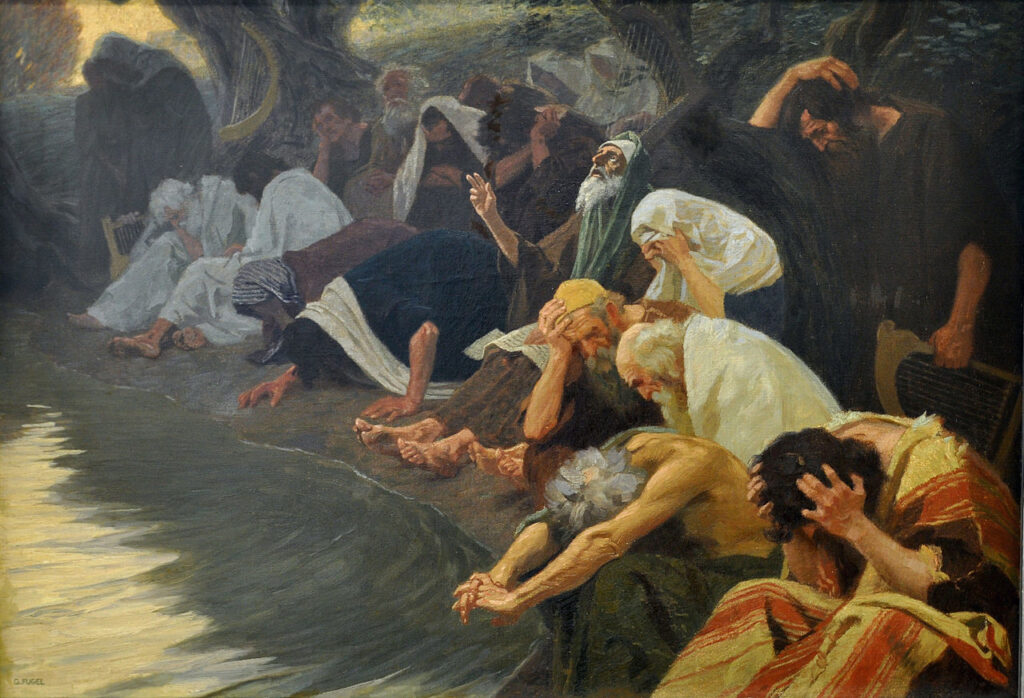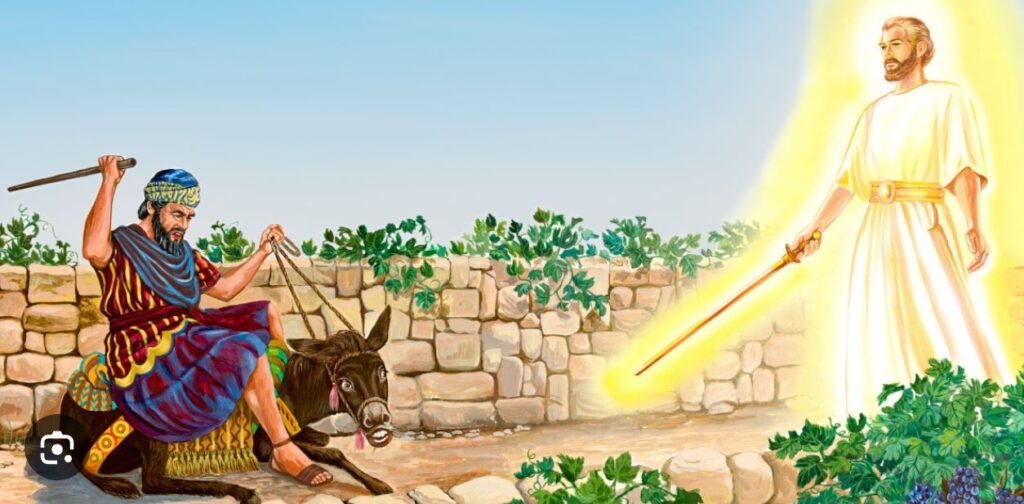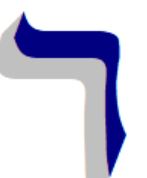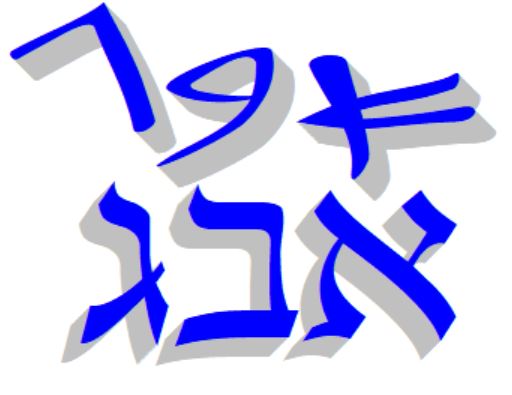LAMENTATIONS IS AN ACROSTIC

SO WHAT IS THE MISTAKE?


ARE THERE ANY OTHER PLACES IN THE HOLY BIBLE WHERE THERE IS A CONNECTION TO EYE AND MOUTH?
Actually there is. In the story of Balak King who wants to hire Bilaam the prophet to curse the Israelites, Bilaam does not want to go and tells Balak that he will only say what G-d puts in his mouth. And G-d eventually tells Bilaam to go as Balak wanted. But on the way G-d opens Bilaam’s donkey’s eyes and he sees the Angel of Death with his sword drawn about to kill his master. The donkey drifts to the right crushing Bilaam’s foot against a wall. Bilaam kicks the donkey and they proceed. Again G-d opens the donkey’s eyes and once more the donkey sees the Angel of Death about to strike down his master and this time veers to the left again crushing Bilaam’s left leg. And once more Bilaam kicks to donkey. And one final time G-d opens the donkey’s eyes and sees the Angel of Death and the donkey collapses to the ground where Bilaam once more kicks the donkey. Now with Bilaam having kicked the donkey 3 times G-d opens the donkeys mouth and the donkey asks “why have you struck me these three times?” But the Bible does not use the normal word for times “פעמים” Pe’amim but instead uses “רגלים” regalim. The usage of the word “Pe’amin” derives from times with regularity and this is the word used in conjunction with the beating of a heart. And in general the metaphor build on the heart of beating of the heart have an implicit nuance of love. So if you reprimand a child and spank him, you are still doing it out of love to teach, guide, and reprimand him all at once. On the other hand Regalim derives from the foot and is used on time with irregularity such as the pilgrimage holidays which are not at equivalent intervals. And the association in the Middle East with shoes and feet in general is the joy of stepping in dog, donkey, and every other kind of poop. This is why Muslims wash their feet before prayer and many other people would wash the feet of their guests as a sign of respect and honor. Also in Islam throwing one’s shoes at someone is a high insult. So in the story of Balak and Bilaam the use of Regalim (feet or irregula times) introduces and element of insult to the kicking of the donkey on top of the physical assault.

IS THERE ANYTHING ELSE IN LAMENTATIONS OF SIGNIFICANCE?
Actually yes. Lamentations is also a metaphor comparing Jerusalem to a widow who has been betrayed by everyone around her. There is no other period in the Holy Bible that has as many books written on a single tragic period of time as the Babylonian Exile and each of these books has its own unique perspective. Other books include The Book of Esther, Isaiah, Jerimiah, Ezekiel, Daniel, Kings 2 Chronicles 2, and Ezra.
Lamentations is traditionally read on the 9th of Av in the synagogue and this was the date of the destruction of the First and Second Temples and many other catastrophes in Jewish history. In general the lights are dimmed, people sit on the floor in a traditional mourning posture. People refrain from any forms of greetings and a somber mood dominates the day. It is also traditional to fast on this day.

ARE THERE OTHER LETTERS NAMED AFTER ANATOMICAL PARTS THAT HAVE SIGNIFICANCE?
Actually the entire alphabet along with the choices of which letters to take from Hieroglypics is fascinating. But the 3 sequences I can easily see are: Yod (Hand) and Kaf (Palm or cupped hand), Ayin (eye) and Peh (mouth), and Resh (head) and Shin (Tooth) .
Rabbi Susan Goldberg Speaking with emotion in English on Lamentations. Just watch a little.
Cantor Lizzie Weiss – Typical reading of Lamentations with little emotion. Just listen a little.




CONCLUSION
I would like to state once again that Hebrew is a Multi-Dimensional language like no other language. And this webpage is yet another example.

